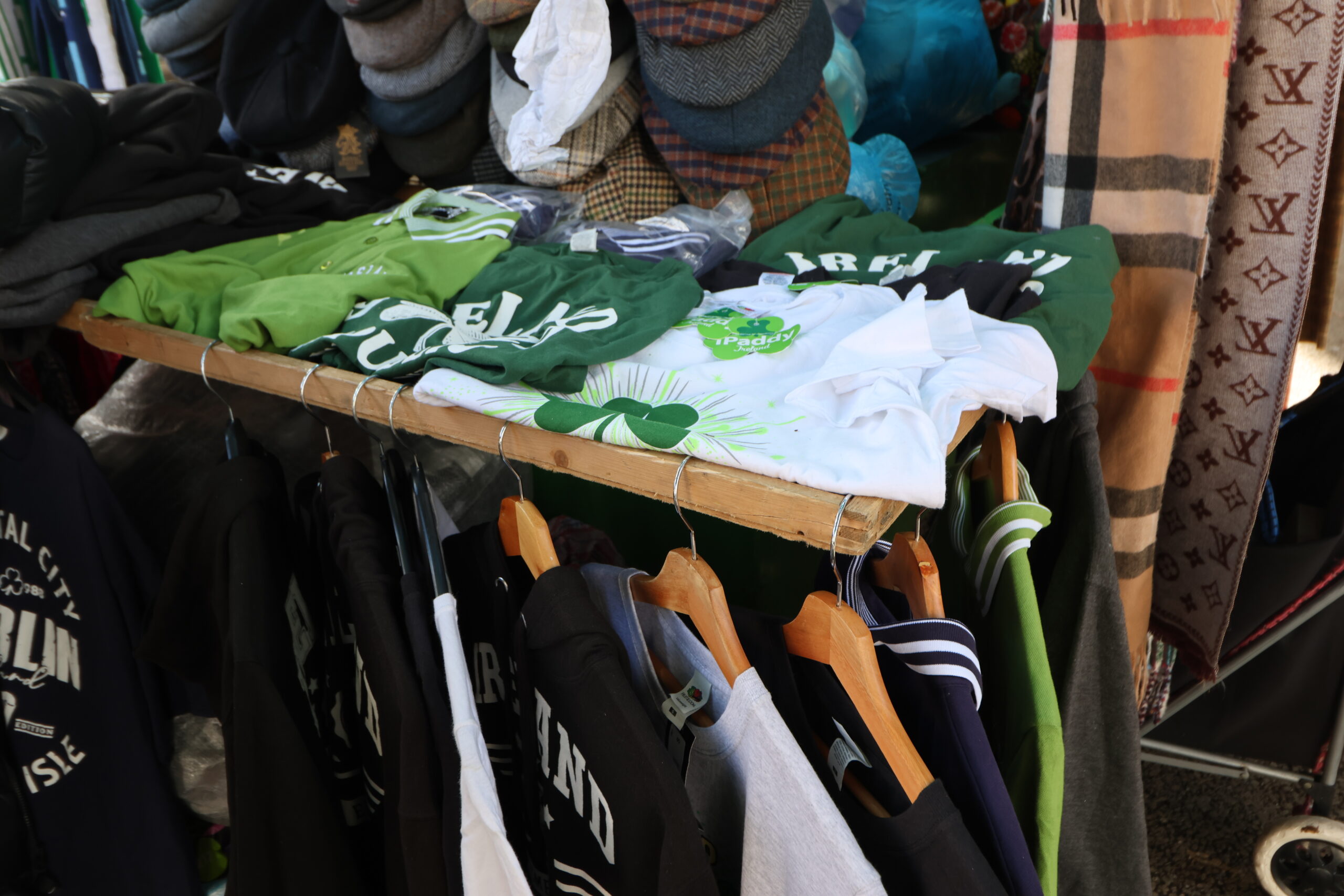Rónán Burtenshaw
Staff Writer
On January 26th, a French parliamentary committee recommended a partial ban on Islamic face veils, marking the latest development in one of Europe’s most compelling political sagas. France is home to Europe’s largest Muslim minority, estimated to be in the region of five million, and has been strongly divided on the issue of the veil. L’affaire du voile, as it is commonly known in France, is at the heart of French struggles with identity, religion, immigration and integration and shows no signs of abating.
In discussing the Islamic veil, distinctions are required. In France the debate has centred around three in particular. The Hijab is the most common, compulsory under Islamic law and covers both the head and hair. The more conservative veils are the Naqba and the Burkha, with the former covering the face and the latter covering the whole body.
The issue of the veil in French society has its roots in the French public school system. In October of 1989, three Islamic girls were suspended from their school in Creil for wearing a Hijab. At that time, French Education Minister, Lionel Jospin decreed that the issue of religious articles in French schools should be dealt with by school authorities on a case-by-case basis. However, this method of dealing with the problem proved unsatisfactory and similar cases throughout the 1990s led to widespread public debate and numerous court cases.
By the mid-1990s, l’affaire du voile was widely recognised as one of France’s most important political issues. What had begun as a question of public displays of religion in schools quickly spread to other areas of French society. To many in France the issue of the Islamic veil threatened some of France’s most cherished republican principles, secularism and equality.
The secularist principle of laïcité had been of central importance to all aspects of French civil life since the guerres sociales of the 1800s when French government asserted the independence of the state from the Catholic Church. A 1905 law followed and officially separated church and state. One of the principle’s notable supporters, François Bayrou, summed up the distinction laïcité made between religious articles as that between “overt and discreet”.
To others, like Bernard Accoyer who presented the report to the recent French National Assembly, veils that covered a woman’s face or body were of great concern. “Face-covering veils”, he said, “are the symbol of the repression of women… They are a denial of the equality between men and women and a rejection of co-existence.” This opinion was expressed again on February 3rd, when France rejected the citizenship request of a Muslim man who, according to Immigration Minister Eric Besson, “forced his wife to wear full Islamic veil”. This, said the Minister, was “radical religious practice” and was unacceptable as French law required everyone seeking naturalisation to demonstrate a desire for integration.
The issue has caused an interesting realignment of the political spectrum in France, with the right and particularly left-wing divided over the issue. Feminists in France have regularly questioned a theology which views uncovered women as “seductresses” when outside the confines of their home or immediate family. However, many of their traditional allies on the left have pointed to the pressures that a patriarchal Western society puts on women to dress seductively and the negative image of women as sex-symbols that is often portrayed in Western culture through advertising, music or television. There are also those who question a ban on the veil as a challenge to the freedom of expression. Secularity, it is argued, should mean that everyone is allowed a freedom to practice their religion but not to force it on others.
A prominent theme of l’affaire du voile is the circumstance of the Muslim community in France. The French policies of assimilation and integration have been largely unsuccessful, with large, economically deprived communities of first-, second-, third- and fourth- generation immigrés from Muslim countries found on the fringes of many French cities. Many in these communities still do not consider themselves French, something that is confirmed whenever Algeria, Senegal, Morocco or Tunisia come to town to play France at le Stade. A fear of further excluding this group from society has led to the French Socialists opposing a ban on the face-covering veil, fearing in particular that doing so could further stigmatise Muslim women.
Opinion polls have shown that while the population of France as a whole is largely in favour of banning the face-covering veil, the Muslim community is strongly against it. Some believe that it is simply another aspect of the French Xeno- and Islamophobia that famously propelled Jean-Marie Le Pen of the ‘Front National’ to the Presidential run-off in 2002. They view the issue of the veil as a wedge issue and point to the tabloid media’s promotion of a “Muslim threat” as evidence that fear is being used to motivate the French electorate.
In 2004, Jacques Chirac supported and signed into law a bill that banned Islamic veils from French public schools. Although there have been cases of suspensions and expulsions since then, a large majority of Islamic girls have simply taken the veils off. However, studies have shown that many begin wearing them again outside school or in universities, where they are not banned. Indeed, French sociologists have noted an increase in the percentage of Muslim women wearing veils, particularly the more conservative Niqab, since the controversy started. Many believe that it is being used as a mark of Muslim identification in a community struggling with its own identity. The irony of this, of course, is that the French government have recently convened a series of “town hall” meetings across the country to debate the nature of French identity. These followed discussions about the veil in French society and were widely seen as evidence of a crisis of identity and culture in France as a whole.
The issue is complicated further by its association with security fears and its relation to the international “War on Terror” and struggle with violent Islamic fanaticism. However, it is clear that little useful progress is being made in unifying those on either side in a debate that is filled with fear, anger, hate and vitriol. Increasing polarisation of the two sides is making a communitarian compromise almost impossible. For those that see valid arguments on both sides, the need to respect religious views, prevent disenfranchised minorities from stigmatisation while fighting for equality in a religious movement that all too frequently seems chauvinistic, the findings about the increased proliferation of the Naqba are emblematic. It is a reminder that those at the focus of this debate have all too often remained silent. Muslim women, rarely a part of the French political class or media and not adequately represented by the invariably male leaders of the Muslim community, need to be at the centre of an argument which focuses mainly on them. It seems that both sides have forgotten a phrase from the great struggles of the human past with which they would both probably agree; there can be no emancipation without empowerment. L’affaire continue.







